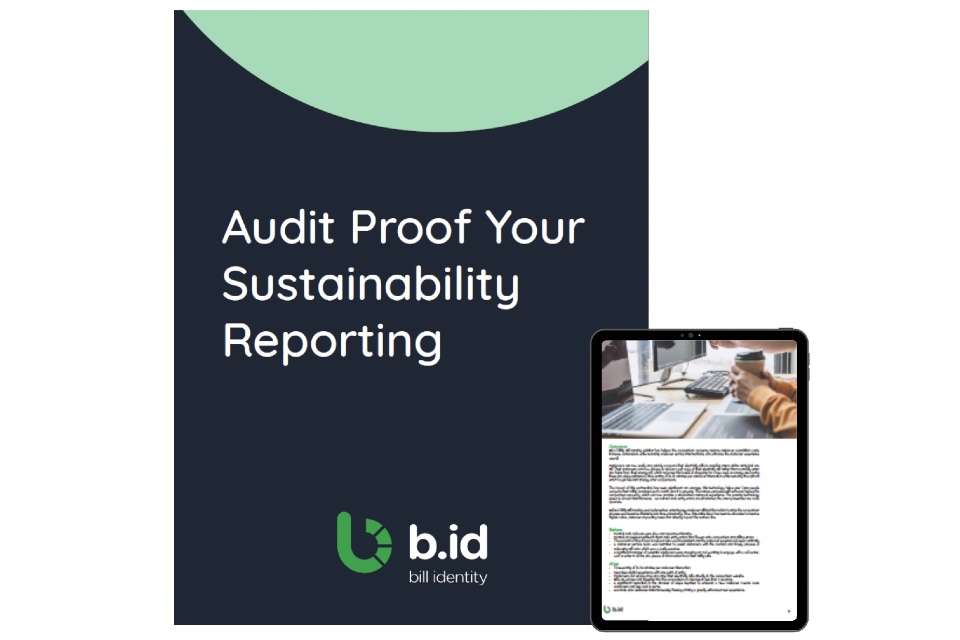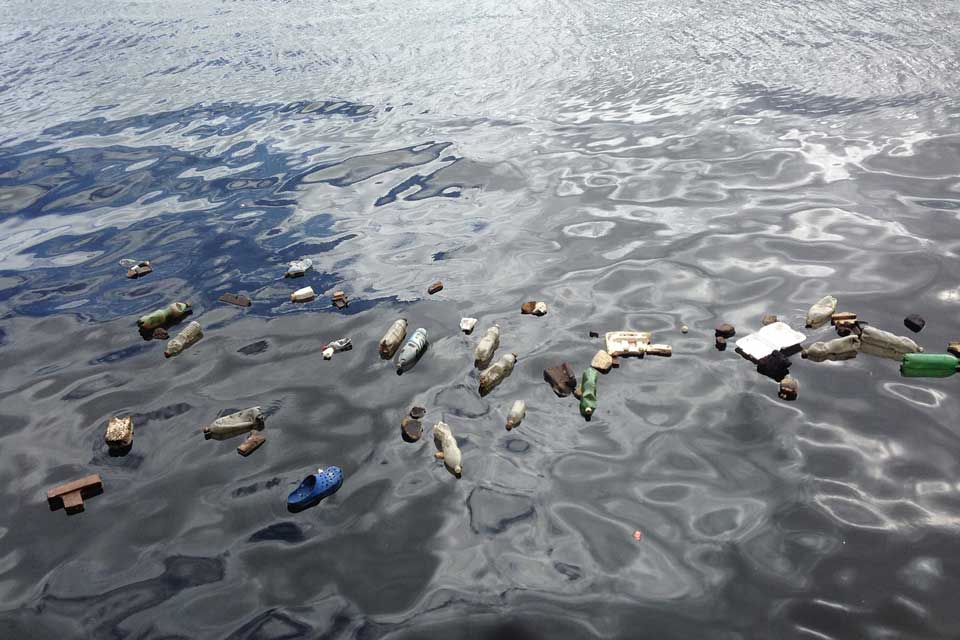As the UK Government steps up its campaign to reduce food waste, the hospitality sector is firmly in the spotlight. No one can deny the sheer scale of the challenge ahead. The hospitality sector produces over 1 million tonnes of food waste each year, according to WRAP.
Yet while setting targets is essential to driving change, companies first need to establish a benchmark and determine up front the scale of the problem. Where is food waste occurring: is it from spoilage, preparation or plate scrapings? Then more importantly, why is food being wasted: is it a result of over procurement, incorrect food storage or inconsistent portion control?
David Coaton, Corporate Sector Director – Hospitality, SWRnewstar, outlines a proven four stage model for cutting food waste within hospitality – and it starts with segregating, measuring and tracking food waste production...
1. Understand scale
Targets for reducing food wastage are ambitious – with a goal to halve food waste by 2030. To date the Government has adopted a softly-softly approach. However, plans to encourage large businesses to publish their food waste statistics, plus DEFRA’s proposed mandatory food waste collections for households in England, are a clear indication of commitment. Indeed, the latter approach will further reinforce both the value of food segregation and public awareness of the scale of food waste across the hospitality sector.
Right now there is no specific legislation in place in England and Wales, unlike Scotland where any commercial business producing over 5kg of food per day has to segregate food waste by law. However, this is changing with a new UK Food Waste Champion and the government’s ‘Step Up to the Plate’ campaign. Along with other industry initiatives, including WRAP’s ‘Guardians of Grub’ and ‘Food waste, Bad taste’ from The Sustainable Restaurant Association which are actively encouraging food segregation to provide hospitality companies with an essential understanding of the scale, cost and cause of food waste.
There are so many factors that contribute to food waste, from over-buying stock to poor food storage and management and inadequate portion control – yet when all spoiled food disappears into the general waste bin there is absolutely no way to determine the cause of waste. However committed a company may be to improving sustainability, change cannot be achieved without fully understanding the level of food waste at every step of the process. By segregating and measuring food waste produced during preparation and cooking, plate scrape and stock clear out, a company can begin to see the trends in activity – and take steps to effect change.
2. Stop procuring waste
For any company still not convinced by the environmental drive to reduce food waste there is also a compelling financial argument for better food management – with companies saving £14 for every £1 invested in food reduction according to Champions 12.3 research. These savings are not derived solely from disposal costs, which are typically less than 1% of a company’s turnover, although there are undoubtedly savings to be made from maximising waste segregation. The very significant cost reductions are achieved by leveraging better understanding and smart procurement.
Growing numbers of hospitality companies now acknowledge they routinely procure waste by over specifying raw ingredients. In some cases this is due to suppliers’ minimum order value, which is a real problem for smaller businesses. But often it is because those placing the orders have no, or low, visibility of the level of wastage that occurs in the kitchen and cannot identify obvious problem areas. By segregating food waste at each step of the process, companies can reconsider spend – not only avoiding procuring waste but also looking again at processes for food storage, portion size and less popular menu items.
3. Gain employee commitment
The challenge in realising this sustainability goal is to get staff engaged in the process and that requires two key elements. Firstly, education and top level management focus. If a restaurant manager or chef is not committed to reducing food waste, nothing will change. And for chains with thousands of employees, with multiple different food production points, strong staff commitment is essential.
Staff buy in must be backed up by good processes. In a busy kitchen it is essential to make the segregation of food waste easy – if there is only one dedicated food bin, for example, hard pressed staff will likely resort to the general bin when the pressure is on. Simple steps in kitchen design can make a huge difference. For example, ensuring bins are arranged in pairs – general and food waste – at each food production station will make it easy for staff to automatically segregate food. Make it even simpler by colour coding bins and adding clear, concise labels, so that even when staff move between sections – even outlets – the recycling process is identical. By changing the mindset, a few very simple steps can help companies to design out waste.
4. Celebrate success to embed food waste reduction into the culture
Celebrating success is the key to maintaining employee commitment and embedding progressive food waste reduction into the business culture. The trick is to carefully define ‘success’. There are anecdotal reports that a strict, narrow focus on reducing the weight of food waste bins can lead to kitchen mistakes being hidden in black bags, leading to heavier general waste bins. A culture that acknowledges that accidents happen and lessons can be learnt from transparency is more positive in the long-run. The recent £4500 ‘wine incident’ at Hawksmoor made headlines for the right reasons.
There are also areas of cultural change that can radically reduce both the procurement and production of food waste. There is a strong argument for reducing choice and ditching less popular items as well as reconsidering portion size. Of course, this is a tough move, especially for those catering to a population that expects both choice and large portions. But the tide of public opinion is turning; from Blue Planet onwards, individuals are increasingly aware of the need for a more sustainable approach. Understanding what food is being wasted and why helps identify menu areas to tackle. For example, garnishes of salad leaves or lemon wedges can be made optional, reducing waste and involving customers in the solution by offering them the choice. The return of ‘doggy bags’ is another potential solution. Better food management provides companies with the chance to embrace this shift in customer expectation and publicise their sustainability commitment and performance.
Recognising the position of hospitality businesses in the middle of the supply chain is useful to broaden the focus to include engaging suppliers and customers. A forward thinking waste management partner will provide recommendations and support to introduce stakeholder initiatives.
Conclusion
The hospitality sector has a significant challenge when it comes to food waste – and that means it is essential to set very bold targets. Ignorance is no longer acceptable. Create a benchmark, determine the scale of the problem and continually measure and track waste production. Ensure staff are engaged. Education is essential but what about incentives? It is important to celebrate success, for example, with league tables highlighting top performers.
Nominating a member of staff as sustainability champion is also a good step. Alongside a focus on food waste, this individual can help to reduce energy consumption by ensuring lights are switched off and minimising single use activity. With so many millennials and Gen Zs highly eco driven, embracing this wider sustainability focus can also help to build stronger staff engagement.
Finally, don’t treat food waste as a one off campaign. Continual improvement is both essential and achievable. Review food waste metrics routinely and set new targets each year. This is a long term commitment, and if the UK Government is to meet the UN Sustainable Development Goal to halve global food waste at consumer and retail levels by 2030, legislation is inevitable. Those companies that start to segregate, measure and reduce food waste now will not only be ahead of the game but also gain valuable financial payback, as well as employee and customer support.
Image by Ulrike Mai from Pixabay





